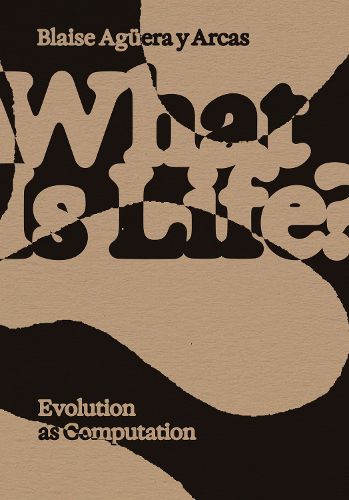Readings Newsletter
Become a Readings Member to make your shopping experience even easier.
Sign in or sign up for free!
You’re not far away from qualifying for FREE standard shipping within Australia
You’ve qualified for FREE standard shipping within Australia
The cart is loading…






What life is, and how its essence can be understood as computation that grows more complex over time in symbiotic relationships. In 1944, quantum mechanics pioneer Erwin Schrodinger wrote a slim but influential volume, What Is Life?, posing the primary question that rendered biology so mysterious to a physicist. How can life and all its attendant complexities come to exist in a random universe, governed by simple laws, whose disorder only increases over time? This small book, richly illustrated and written for a general audience, offers a deep and surprising answer, drawing on decades of theory and existing literature as well as recent experiments in artificial life. Beginning with ideas developed by Alan Turing and John von Neumann in the mid-twentieth century, Aguera y Arcas shows how self-reproduction, hence life, is inherently computational. Life evolves spontaneously in environments capable of supporting computation, like our own universe, and grows more complex over time as it enters symbiotic relationships with itself. What Is Life? is also the first part of Aguera y Arcas s larger book What Is Intelligence?, which further develops a computational and symbiotic perspective on intelligence, from simple organisms to brains and societies to AI.
$9.00 standard shipping within Australia
FREE standard shipping within Australia for orders over $100.00
Express & International shipping calculated at checkout
What life is, and how its essence can be understood as computation that grows more complex over time in symbiotic relationships. In 1944, quantum mechanics pioneer Erwin Schrodinger wrote a slim but influential volume, What Is Life?, posing the primary question that rendered biology so mysterious to a physicist. How can life and all its attendant complexities come to exist in a random universe, governed by simple laws, whose disorder only increases over time? This small book, richly illustrated and written for a general audience, offers a deep and surprising answer, drawing on decades of theory and existing literature as well as recent experiments in artificial life. Beginning with ideas developed by Alan Turing and John von Neumann in the mid-twentieth century, Aguera y Arcas shows how self-reproduction, hence life, is inherently computational. Life evolves spontaneously in environments capable of supporting computation, like our own universe, and grows more complex over time as it enters symbiotic relationships with itself. What Is Life? is also the first part of Aguera y Arcas s larger book What Is Intelligence?, which further develops a computational and symbiotic perspective on intelligence, from simple organisms to brains and societies to AI.